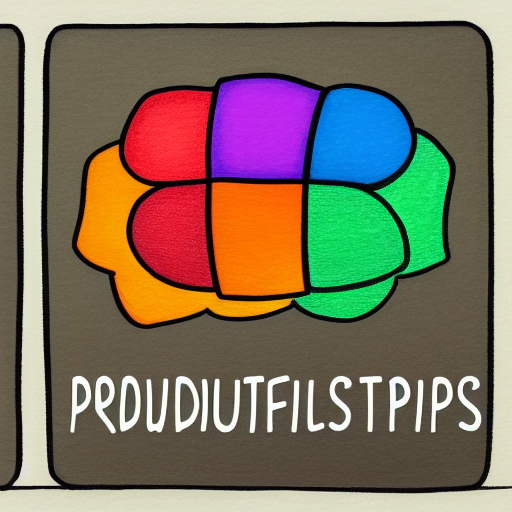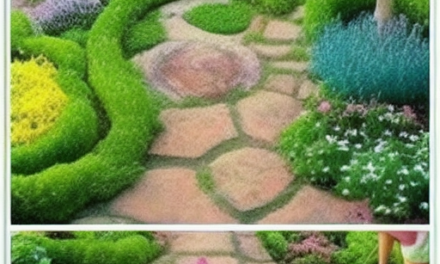If you have ADHD, you may have trouble completing projects and tasks. You may find it difficult to concentrate on tasks that are uninteresting, repetitive, or tedious. But there are tips to help you get more done. For example, break up large tasks into smaller ones. Using a list of things you need to do can help you stay on task. You can also use noise-canceling headphones to reduce distractions.
Breaking up large tasks into smaller ones
Breaking up large tasks into smaller ones helps people with ADHD feel less overwhelmed by the sheer volume of work they have to do. Breaking up large tasks into smaller ones also helps them feel more accomplished when they complete a smaller task. The smaller steps can be written down or checked off as completed.
If you are unable to complete a large task, break it down into small steps and send them to someone who can monitor your progress. Providing accountability is a good way to stay on track and focus. Also, remember to allow yourself some wiggle room. Don’t underestimate the time it will take you to complete a project.
One of the most important productivity tips for adhd is to start small and tackle easy tasks. This way, you’ll build momentum for the harder, more boring tasks. Despite the difficulty of tackling a large task, don’t give up. Choose your working environment carefully. People with ADHD can be sensitive to their work environment.
Switching work environments is another great productivity tip for ADHD. Switching up environments can stimulate the ADHD brain, which craves novelty. For example, switching your environment can make it easier for you to complete a task that bores you. To avoid boredom, you can switch to a different room, play a different song, or even go grocery shopping with a friend.
Creating a support system is another way to improve productivity. A supportive co-worker can provide motivation and assistance. If you feel that your co-workers do not understand your situation, you can also tell them about your ADHD diagnosis. This will help them come up with accommodations. Remember, though, that it is up to you whether to disclose or not.
Creating a to-do list is also an effective productivity tip for ADHDers. It helps them commit to memory and make large tasks seem less daunting. Moreover, it helps them focus on one task at a time. Also, seeing the tasks written down helps them feel more tangible.
Using lists to tackle forgetfulness
One way to help combat forgetfulness is to create to-do lists for your child. These lists will help your child remember repetitive tasks by automating the process. Make sure to create them together with your child and keep them visible. Even small tasks can take up a large amount of bandwidth in your child’s memory.
Color-coding lists and writing down ideas can help people with ADHD remember more easily. Also, setting deadlines and working in a room without distractions can help them remember. It can even help to have an empty office or conference room. You can also schedule a time when you can go back and review your notes.
To tackle forgetfulness in children with ADHD, you can also create visual reminders. This may include labels on shelves, posting checklists in your child’s room, or even making a bulletin board with helpful information. These methods can help your child develop their memory. In addition to visual reminders, you can also create memory exercises.
While making a to-do list is important for people with ADHD, it is important to not be too hard on yourself. If you’re unable to keep up with everything on your list, you could end up focusing on the wrong things. For example, you could spend time planning the perfect day at work, instead of trying to finish all your tasks in one day. This is a great way to stay on top of your schedule and not become overwhelmed by your to-do list.
In addition to lists, you can also make use of electronic calendars. These calendars can also be used as daily reminders. Email calendars with built-in reminders are particularly effective. You can set these up through your email provider. This is a simple but powerful tool for overcoming forgetfulness in people with ADHD.
Using noise-canceling headphones
Noise-canceling headphones help block out distracting sounds, making it easier to concentrate on your work. Noise-canceling headphones also help in reducing daydreaming, which can be a major problem for people with ADHD. You should also consider a few tips to make your work environment more conducive for concentration, such as making sure that there are no interruptions, closing the office door, and making a to-do list.
ADHD sufferers can also benefit from earbuds, which allow them to hear their music without distractions, while keeping their hands free. They also eliminate the need to connect to a wire or plug while working on a laptop. Music is essential for the ADHD brain, as it helps keep it stimulated while canceling out distractions.
Noise-canceling headphones can be a great tool to boost productivity. Studies have shown that people who use noise-canceling headphones are more likely to be productive and focused. They may also make it easier to get creative. Noise-canceling headphones can also help to improve concentration.
In this study, researchers are using noise-canceling headphones to improve the performance of adults with ADHD. Participants will be given either a sham control or a noise-canceling headphone. They will be randomly assigned to experimental or sham control groups and will undergo tasks related to the CANTAB and academic. The order in which they are completed will be balanced across participants. Additionally, participants who are taking stimulant medications will be asked to discontinue their medication during the baseline visit.
Another method is to track productivity before and after the noise reduction. This method involves recording how much time a worker spent on a project before and after noise reduction. This way, the productivity gains can be measured by the hours of labor they put in or the amount of materials used. You can also collect valuable feedback from other co-workers.
Using Siri to capture tasks
Using Siri is an easy way to record daily tasks and questions. If you have an iPhone or an iPad, the feature is built in. Siri is the voice recognition personal assistant built into these devices. The app is available for the iPhone 4s and higher, iPad (IOS 5 and higher), and iPod Touch. To activate Siri, press the physical “Home” button on your device and speak the word “Siri.” Once Siri is open, you can simply press the microphone icon and say “send”. You can substitute the name of a song or artist for the phrase “Siri”, as well as the name of an app.
Another way to use Siri is to set up shortcuts. Shortcuts can save you time when performing repetitive tasks. For instance, you can tell Siri to add a grocery item to your grocery list. Siri will then pull up that task without having to select the project list. However, you must tell Siri to add the task to the correct project, otherwise Siri will add it to the Todoist Inbox.













